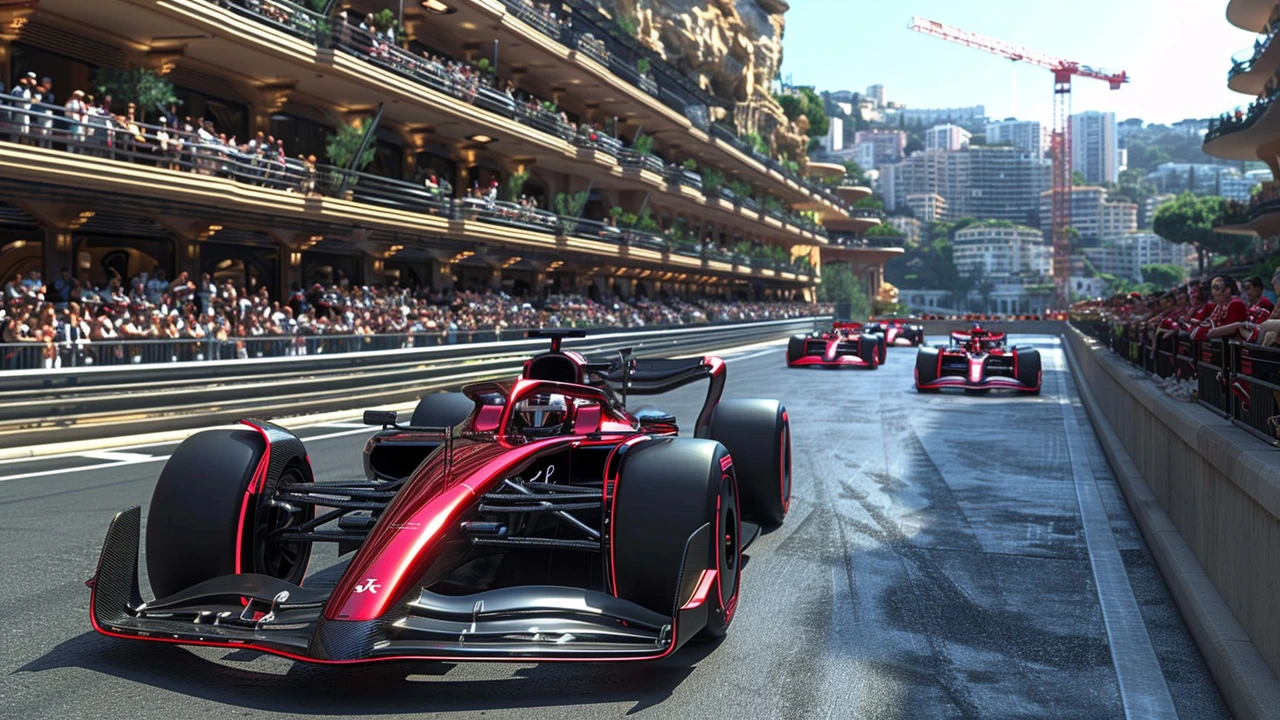F1 cars: how they work and why they matter
F1 cars are the fastest, most advanced race cars on the planet. If you watch a race, you see more than drivers fighting for position — you see a constant chess match between engineers, tyre choices, and track conditions. This page cuts through the noise and gives you practical, simple facts you can use whether you’re a new fan or someone who wants to understand what makes these machines tick.
What makes F1 cars special
First, weight and power. F1 cars use hybrid power units that combine a turbocharged V6 engine with electric motors. That delivers huge acceleration while keeping fuel use tight during a race. Second, aerodynamics. The bodywork, wings, and diffusers push the car down onto the track so it can corner faster without losing grip. Third, tyres matter more than you think — the wrong tyre at the wrong time kills lap pace quickly. Teams pick compounds based on temperature, wear, and strategy.
Brakes on an F1 car are carbon ceramic and can reach insane temperatures; getting them to the right range quickly is a skill. Suspension is tuned for tiny bumps so the tyres stay in contact with the track. Every part is designed to save grams — even the wiring is placed to cut weight and improve balance.
How teams turn tech into race results
Data is king. Each car has hundreds of sensors streaming info back to engineers. During a pit stop, they tweak things like brake balance and wing angle to find tenths of a second. Strategy is often decided by when to pit and which tyre to fit. A single extra lap on a worn tyre can cost you several places, while a perfectly timed pit stop can win you the race.
Reliability is also a big deal. A great engine or gearbox failure means the car is out — no second chances. That’s why teams balance pushing parts to the limit with keeping them alive for the race and the season.
If you care about the drivers, notice how they manage tyres and ERS (the electric boost). The best drivers know when to attack and when to conserve energy. That split-second judgment often decides overtakes and saves tyre life for a late push.
Want to get closer to the action? Follow free practice sessions to see setup choices, watch qualifying to learn who has single-lap pace, and pay attention to on-board footage to learn braking points and lines. If you’re listening on TV, commentators often explain tyre strategy during the race — that’s where you’ll learn the most fast.
Finally, if you’re a hobbyist or model-builder, focus on aero shapes and suspension layout when choosing kits or mods. Those details change how a car looks and behaves even at model scale. For anyone curious about F1 cars, watching one race with these points in mind will make the sport way more interesting.
Reviving the Monaco Grand Prix: Addressing Formula 1’s Historic Dilemma with Innovative Solutions
The Monaco Grand Prix, once the crown jewel of Formula 1, has lost its edge due to the increasing size and weight of modern F1 cars, which make overtaking nearly impossible. With the 2024 event being the most uneventful in history, this article examines possible changes to car specifications, race formats, and rules to revive the excitement of Monaco.
